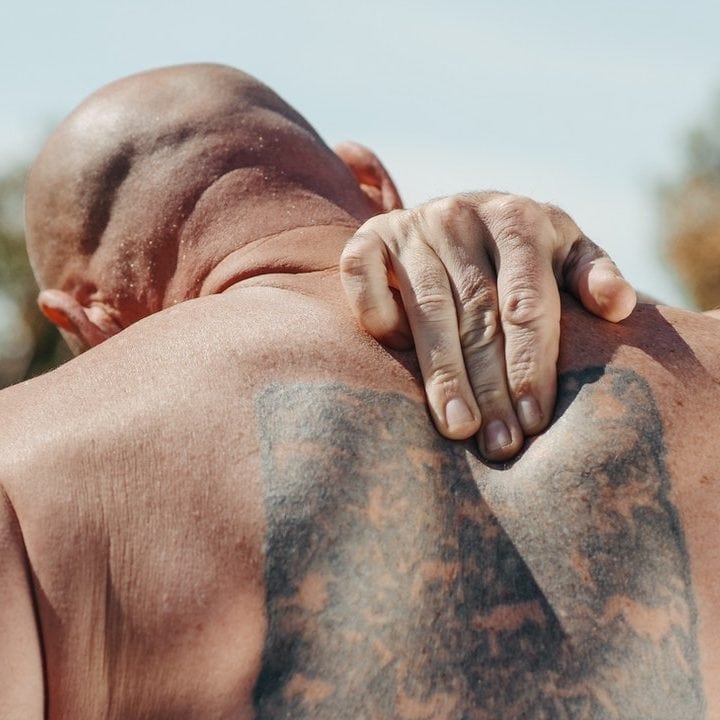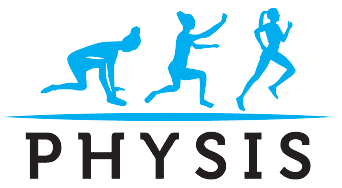Physical therapy is an important component to reduce and abolish Low back pain. A multi modal approach of manual therapy, neuromuscular retraining and exercises can successfully help to improve Low back pain.
Low back pain is the single leading cause of disability and one of the most common reasons for missed work. The back is an inherently complex structure made of muscles, ligaments, joints and bones. It provides postural support, the frame work for us to stand up straight and distributes upper body load into the Sacroiliac Joint (SIJ). Through its connection to the SIJ, it helps distribute your weight evenly into the legs. Low back pain can occur from ligament sprains, fractures, disc injuries, muscle strains or through referred pain from the Sacroilliac joint and the hip.
Low back pain is common across all fitness levels, even though, the source of the pain can vary greatly. It can occur in a sedentary person from muscle weakness. It can also occur in those who can do a 5 min plank and 100 sit-ups from incorrect muscle engagement and overuse.
Physical therapy exercises for low back is a proven, cost effective, non- invasive treatment, to reduce pain, improve core strength, improve breathing, stability and mobility, so you can generate more power and force, for better control of your movements with less effort.
Here are a few physical therapy exercises and stretches for low back pain. These exercises can also be done to maintain general health and improve the strength of your back.
1. Crawling with sitting backward
- Get on your hands and knees (crawling position)
- Practice keeping your back straight by keeping a cane, stick or golf club on your back. Make sure you don’t arch your back into a camel or cat position
- Now, slowly image your spine is getting longer towards your heel, as you sit back on your heels
- Hold for a few seconds and Repeat 10-15 times.
2. Gentle isometric abdominal exercises
- Lie on your back with knees bent
- Gently, hold your lower belly (below the belly button) in, pressing the belly button towards the spine.
- Avoid breath holding or straining your neck. Repeat 15-30 times.
- This exercise works on activating the transverse abdominis muscle.
- You can repeat this exercise in sitting or standing
3. Breathing in supine position
- Lie on your back with both legs supported on pillows or ball.
- Take a slow breath in as you imagine your belly expanding like a balloon from the front, sides and back.
- Make sure you keep your shoulder relaxed
- Gently breath out. Repeat 15-30 times.
4. Double leg raises – tabletop position
- Lie on your back with your knees bent
- Gently fold in your belly as you lift both knees towards your chest
- Make sure your back stays relaxed on the floor.
- Lower the leg partially
- Repeat 10-15 times.
- If you feel your back arching or if you are holding your breath, you have to take a rest break.
5. Hip Circumduction – tabletop position
- Lie on your back with your knees bent
- Gently fold in your belly as you lift both knees towards your chest
- Make sure your back stays relaxed on the floor.
- Holding this tabletop position, slow rotate one hip counter-clockwise
- Repeat 5-10 times. Repeat with the other leg.
- If you feel your back arching or if you are holding your breath, you have to take a rest break.
6. Eccentric hamstring activation in standing
- Begin by standing near a table. Standing with your feet relaxed, gently bend forward from your hips and rest your hands on top of the table. You can keep our knees slightly bent.
- Gently stick your buttocks out, holding the knees slightly bent until you feel light tension in both hamstrings.
- Now, if you want a little more stretch try and see if you can straighten your knees
- Hold 5-10 seconds or up to 30 seconds to your tolerance.
- This helps to eccentrically stretch the hamstring muscles which helps to relieve tension on the hamstring muscles.
7. B/L Modified Snow Angel – tabletop position
- Begin by lying on your back with knees bent. Keep arms by your side, shoulder height, with elbows bent
- Gently fold in your belly as you lift both knees towards your chest
- Slowly bring your hands overhead like making a snow angel.
- Do not arch your back from the floor
- Repeat 10-15 times
8. Supine Opposite Arm and leg Rotation – tabletop position
- Lie on your back with your knees bent.
- Gently fold in your belly as you lift both knees towards your chest.
- Make sure your back stays relaxed on the floor.
- Raise both arms to shoulder height
- Gently let both arms fall to the Right side as your leg rotate to the LEFT side.
- Don’t go too far. Your shoulders and hips should remain on the floor.
- Repeat 5-10 times and rest.
9. Bear Position
- Begin on your hands and knees.
- Push through your arms and toes, raising your hips to the ceiling in a downward dog position.
- Keep knees slightly bent
- Gently imagine your spine getting longer as you try to raise your hips
- Hold 5-10 seconds and Relax
- Repeat 10 times
10. Arm Raises in Kneeling
- Kneel on both knees
- Grab a weight.
- Lift weight straight overhead
- Make sure you don’t arch your back or hold your breath
- Lower the weight
- You can also do this without any weight
- Repeat 15-30 times.
Given its complexity, a thorough exam is imperative to pinpoint the exact cause of the low back pain. Otherwise, you can end up with 8-12 weeks of treatment, with marginal gains and little relief.
At Physis Physical therapy, our trained clinicians understand the complexity of the back and evaluate utilizing neuromuscular examination techniques to accurately determine the source of your pain. We customize each and every exercise according to patient needs to maximize results in fewer sessions.



Comments are closed